RADIUM
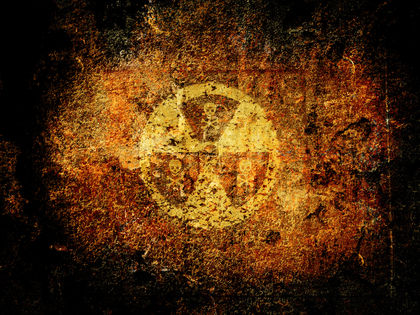
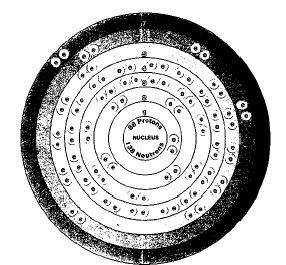
Overview
Radium is a radioactive element in Group 2 (IIA) and Row 7 of the periodic table. The periodic table is a chart that shows how chemical elements are related to each other. Radium was discovered in 1898 by Marie Curie (1867-1934) and her husband, Pierre Curie (1867-1934). It was found in an ore of uranium called pitchblende. The alkaline earth metals also include beryllium, magnesium, calcium, strontium, and barium.
Radium is luminescent, meaning it gives off radiation that can be seen in the dark. Because of its radiation, however, it has relatively few uses.
Discovery and naming
The discovery of radium is one of the most interesting stories in science. The story has been told over and over again in books, articles, and motion pictures, and on television.
SYMBOL
Ra
ATOMIC NUMBER
88
ATOMIC MASS
226.0254
FAMILY
Group 2 (IIA)
Alkaline earth metal
PRONUNCIATION
RAY-dee-um
The story begins with the research of French physicist Antoine-Henri Becquerel (1852-1908). In 1896, Becquerel made a discovery about the ore called pitchblende. Pitchblende contains the element uranium. Becquerel found that pitchblende gives off radiation that acts much like light. The
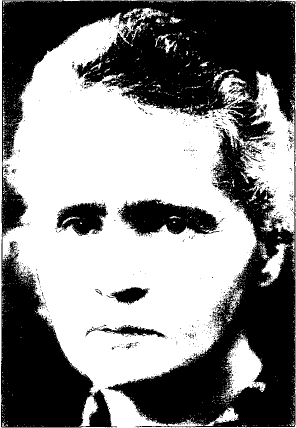
Becquerel's discovery caused great excitement among scientists. Many physicists stopped their own research and began to study this new curiosity. One of those who did so was a graduate student named Marie Sklodowska Curie. Marie had been born in Warsaw, Poland, as Marya Sklodowska. In 1891, she moved to Paris, France, to study physics. Three years later she met another physicist, Pierre Curie. The two were married in 1895.
Marie and Pierre were especially interested in learning more about pitchblende. What was in the ore that was giving off radiation, they asked. To answer this question, they purified huge amounts of the natural ore. Eventually, they isolated a new element that gave off radiation much more intensely than did the pitchblende itself. The Curies named the new element polonium.
But they were not finished with their research. They thought at least one other element might be in the pitchblende. So they continued the process of purification. In 1898, they isolated a second new element. They called this element radium. They chose this name because the element gives off such intense radiation. It took the Curies another four years to prepare one gram of the element. To do so, they had to sift through more than seven metric tons of pitchblende!
Physical properties
Radium is a brilliant white metal with a melting point of 700°C (1,300°F) and a boiling point of 1,737°C (3,159°F). Its density is 5.5 grams per cubic centimeter.
What time is it?
R adium was once used in paint that was applied on the hands and numbers of clocks and watches. The visible radiation it emitted made it possible to read the numbers in the dark. But the radiation proved very harmful to people who applied the radium paint to a watch or clock.
The technique they used was to make a sharp point on their brushes by twirling the brush between their lips. They then dipped the brush into radioactive radium paint. The dipping and twirling sequence ultimately caused the painters to get a lot of radium on their lips. This resulted in many cases of lip and mouth cancer among those painters. So radium is no longer used on clocks and watches.
Chemical properties
Radium combines with most non-metals, including oxygen, fluorine, chlorine, and nitrogen. It also reacts with acids with the formation of hydrogen gas. Radium's chemical properties are of much less interest than its radioactivity, however.
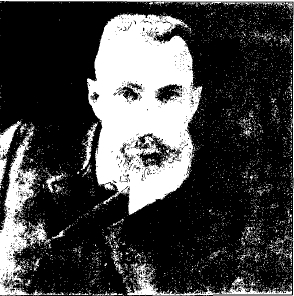
Occurrence in nature
The amount of radium in the Earth's crust is very small. Its abundance has been estimated to be about 0.0000001 parts per million. It occurs not only in pitchblende, but in all ores that contain uranium. It is formed when uranium gives off radiation and breaks down.
Isotopes
Four naturally occurring isotopes of radium are known. They are radium-223, radium-224, radium-226, and radium-228. Isotopes are two or more forms of an element. Isotopes differ from each other according to their mass number. The number written to the right of the element's name is the mass number. The mass number represents the number of protons plus neutrons in the nucleus of an atom of the element. The number of protons determines the element, but the number of neutrons in the atom of any one element can vary. Each variation is an isotope.
Only radium-226 has any commercial applications. It has a half life of 1,620 years. After that period of time, only half of the
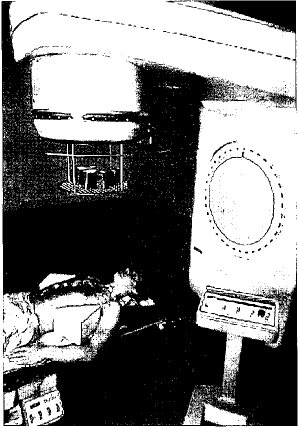
The only isotope now used very often, radium-226, is generally not used directly. Instead, it is used to make radon gas. Radon gas is one of the products formed when radium breaks down. The radon gas is easier and safer to work with than is the radium itself.
Extraction
The process by which radium is obtained is similar to that used by the Curies. The metal is separated from other substances found in pitchblende by a long series of chemical reactions.
Uses and compounds
Because of its history, radium is a very interesting and important element. But radium and its compounds have relatively few uses. In fact, no more than about two kilograms (five pounds) of radium is made each year. The small amount of radium that is available is used for medical purposes. The radium is used to produce radon gas which, in turn, is used to treat cancer. Radiation given off by radium is sometimes used also to study the composition of metals, plastics, and other materials.
Health effects
Like all radioactive materials, radium is a dangerous substance to handle. The radiation it gives off can kill living cells. This property is desirable in treating cancer. Killing cancer cells can help a patient recover from the disease. But great care must be taken in using radium for this purpose. Its radiation can also kill healthy cells. People who work with radium must take great care that they do not get the element on their skin, swallow it, or inhale its fumes.
Marie Curie herself eventually died from working with radium. She developed leukemia and died in 1934.
Got information about radium...